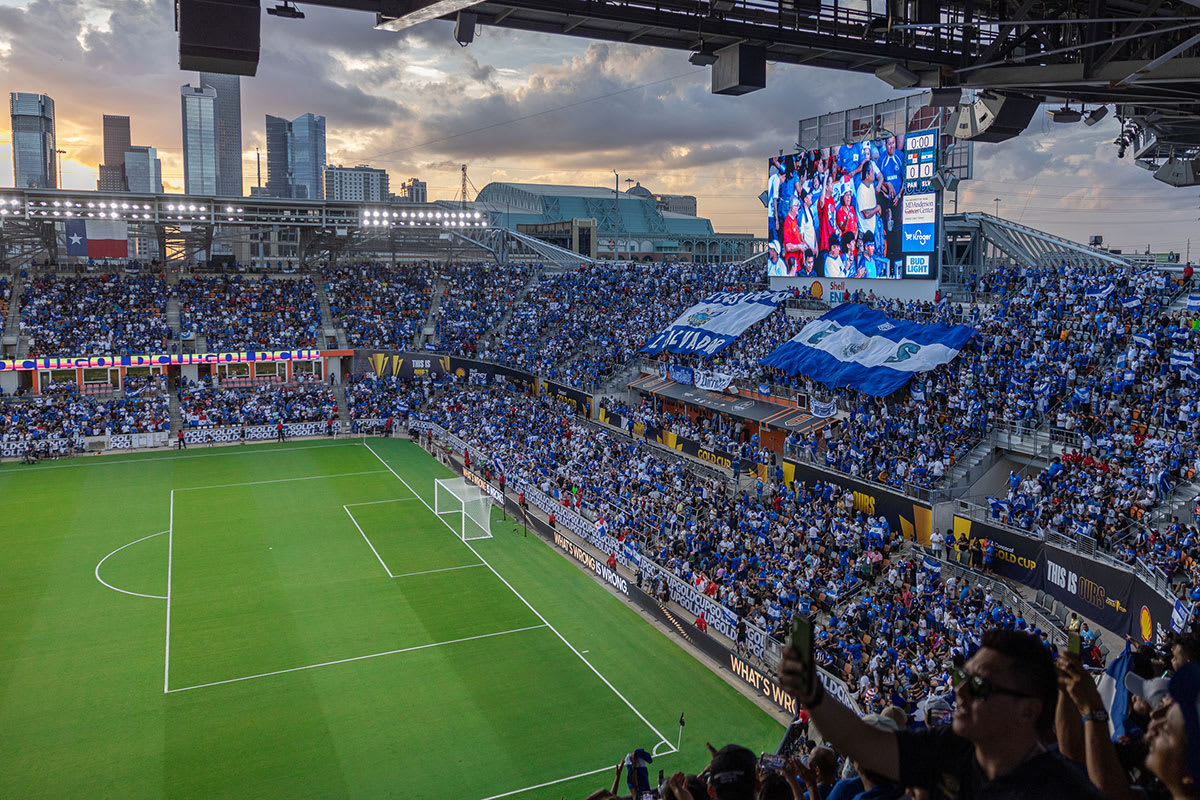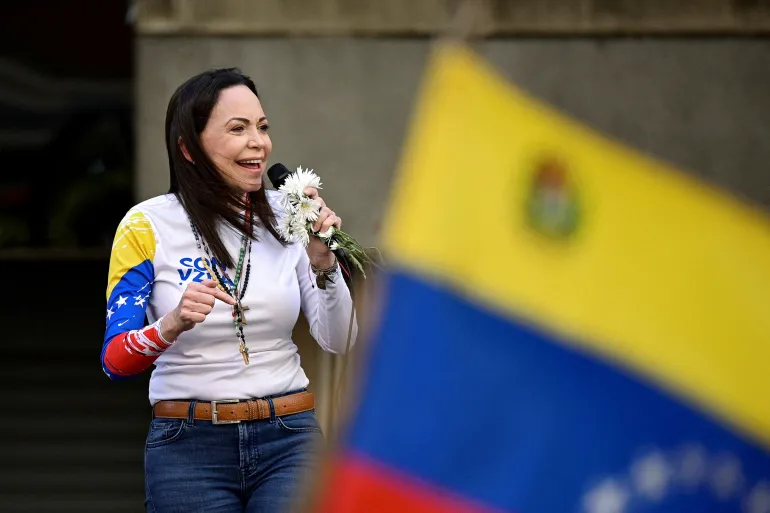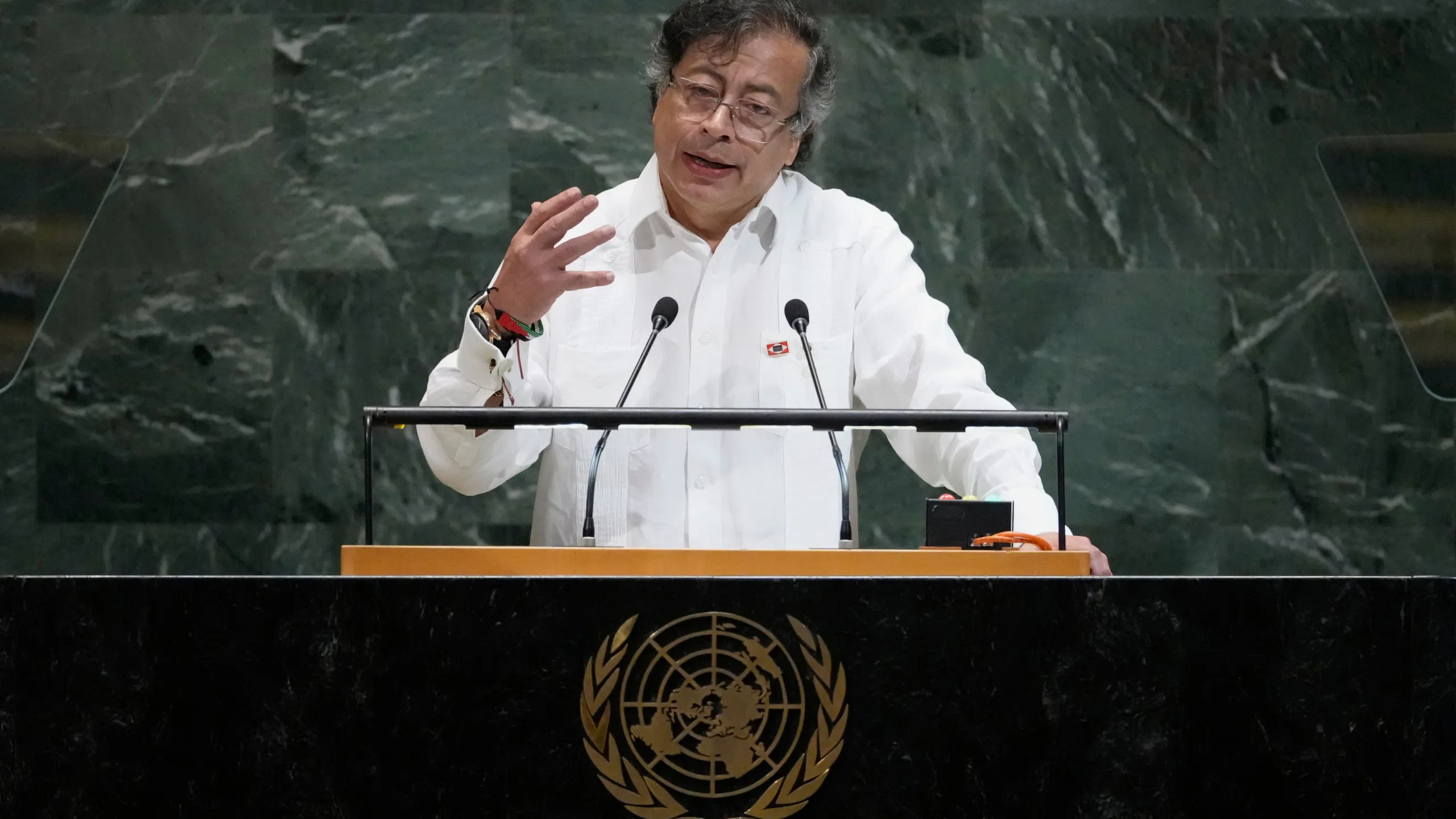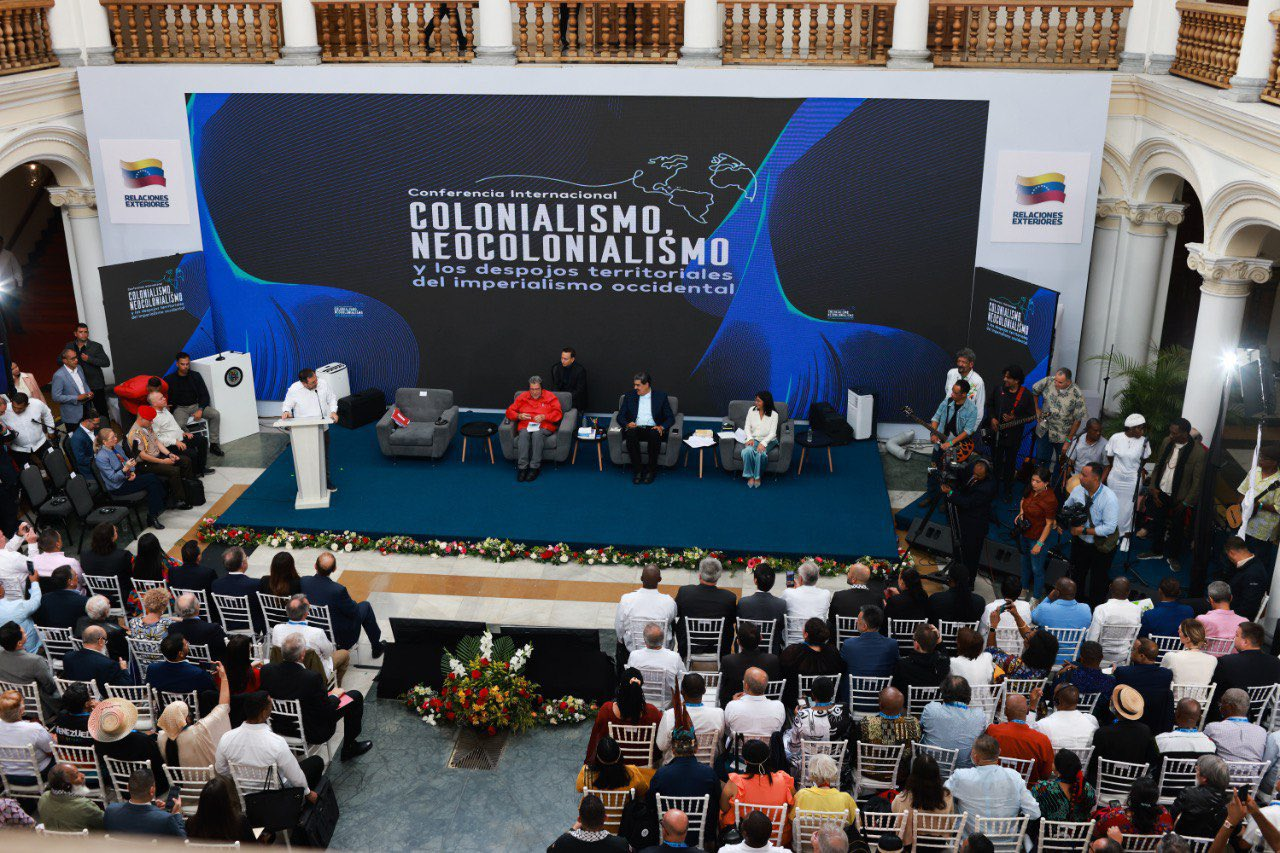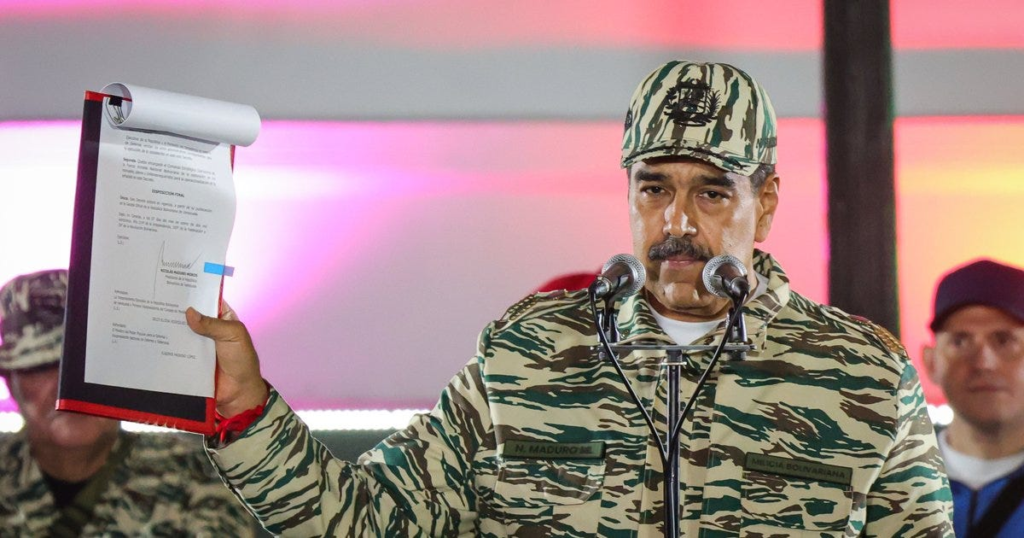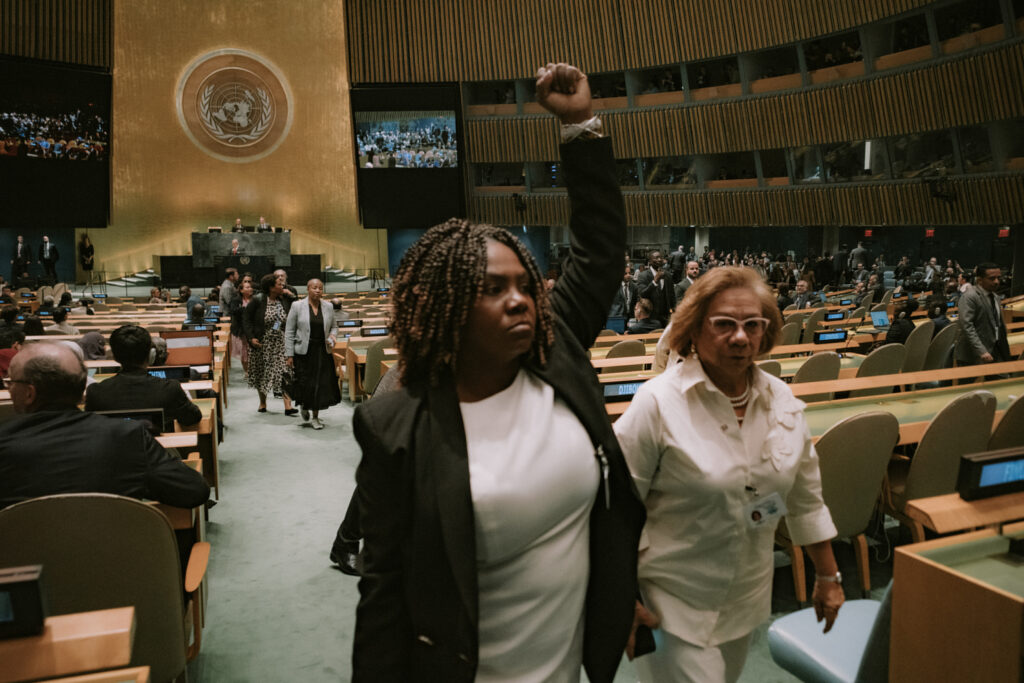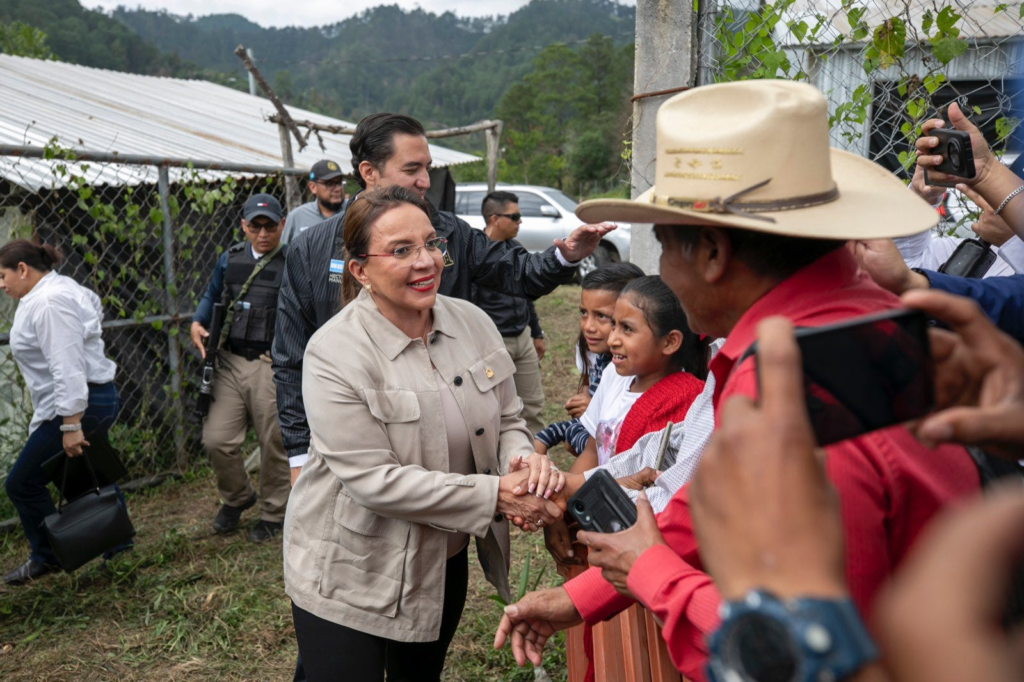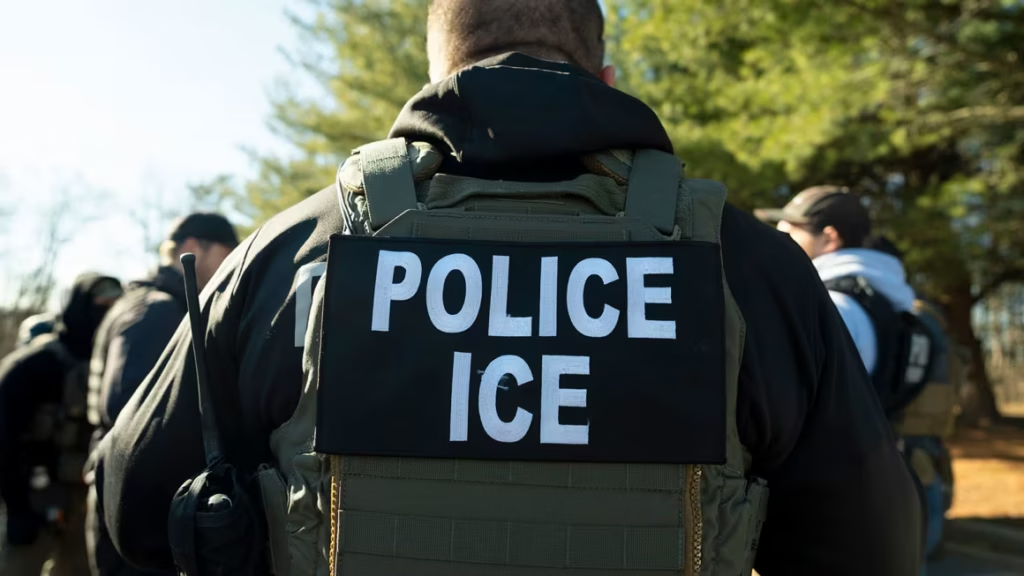The national football teams of Honduras and El Salvador competed over the weekend in their second group stage match for the 2025 CONCACAF Gold Cup, one of the premier campaigns anticipated by hungry football fanatics in the Caribbean, and Central and North America.
The event is a non-stop, 23-day blood-boiler of end-to-end football that comes around only once every two years, but never ceases to attract the unbending loyalties of hundreds of thousands of traveling supporters to the most eclectic parts of the Americas, rallying the hearts of millions of patriots who take pride in their heritage, carrying it across the region and boasting their passion for the most “beautiful game in the world.”
It was neutral territory on Saturday the 21st of June, the site of a battle royale between two arch rivals of the Isthmus, a pair bonded by their own struggles of a troubled and bloody history – on the field of play and on the field of battle, where the disputes of two peoples have almost been as glaring as their common interests.
The site of the match was Houston’s Shell Energy Stadium, a city in the heartland of a quintessentially American state that is no stranger to its fair share of Central American roots, where hundreds of thousands of immigrants from the region proudly wear their colors.
This was once a match that ended in bloodshed over 60 ago, for at times it is customary for nations to often bear animus for their closest neighbors. These sentiments have never really been ignored by the small nations of the Central American Isthmus.
The drama of what was later called The Football War centered around a series of qualifying matches between the two national teams of Honduras and El Salvador to determine who would participate in the upcoming 1970 World Cup in Mexico. But the drama was not born out of a vacuum. It was a drama with a long history that rarely strayed from the usual culmination of savage violence and hateful bloodshed.
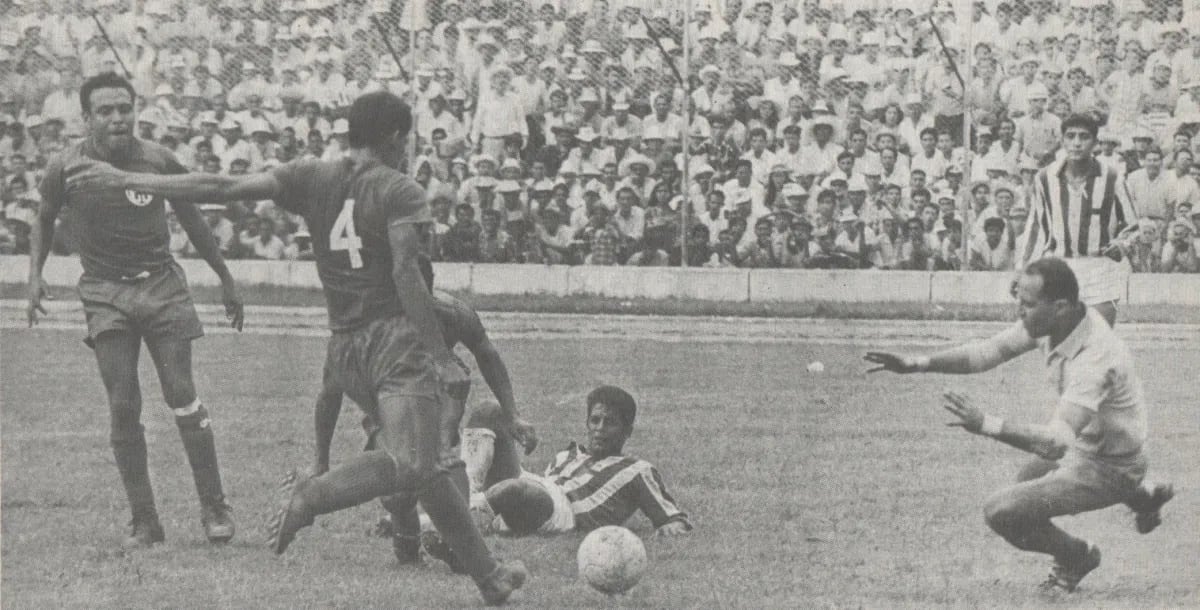
Both countries, since independence from the Spaniards in the early 19th century had struggled to find their way to progress, national sovereignty, and democracy. These were two of the poorest regions of the Spanish empire during the colonial era and were largely neglected by their Spanish overlords for their dearth of resources, and lack of mining minerals like the fiendishly desired gold and silver.
The Isthmus, a humid and inhospitable piece of terrain between South America and Mexico, was ultimately relegated to ignorance as a vast jungle stretch of indigenous backwaters where the Spanish administrative system was never able to penetrate.
After independence in the 1820s, new life was infused into the region inspired by the principles that rallied the revolution of their North American neighbors, but civil strife, administrative crises, hegemonic ambitions, and internecine warfare between the new republics of Central America contributed to its lack of progress, fractionalized governments, unrivaled poverty, and underdevelopment that consumed the region all the way through to the mid-19th century.
In July of 1969, the long-standing socio-political tensions and historic grudges between these two warring nations were so deeply rooted that it all came boiling over on the football pitch where, like war, passions have a habit of running wild.
The territories of El Salvador and Honduras, among the other Central American nation-states were often used as temporary bases from which various factions and armed political parties of ambitious warlords and revolutionary guerrillas from neighboring territories would launch military incursions across the borders into neighboring nations to achieve their political ends. These transgressions would often destabilize the very nations from which foreign partisans would attack.
Nationalist figures like Francisco Morazán and José Cecilio Díaz del Valle vied to exert regional superiority over their neighboring nations of the Isthmus during the 1830s-40s. One hundred years later, most of the national boundaries of each state were still dubious but largely unchallenged, but civil wars, coups, armed revolutions, and regional disputes were commonplace, plunging these nations into further regression and regional instability.
However, the boundaries between El Salvador and Honduras to the north were slightly more ambiguous. Rebels, bandits, and political upstarts who sought glory for themselves would often occupy both sides of the border as they saw fit when opportunities were advantageous to them. During the 1930s and 1940s, the socio-economic environments in each nation sparked tensions that had political consequences for their neighbors. In Central America, which appears to be the case even today, when one shoe drops, the entire political balance that kept the pot from boiling would suddenly spill over and stir the whole region into a bloody frenzy.
The 14 families of El Salvador, or the catorce familias were a conglomerate of wealthy, primarily white creole descendants of Spanish oligarchs who made their fortunes on the vast coffee fincas of El Salvador. These familias controlled the political landscape in the country, and swayed tremendous political influence over the few Honduran elite to the north. El Salvador, overpopulated and lacking sufficient representation for the large majority of the poor Indigenous population, pushed thousands of impoverished rural Salvadorans across the border into Honduras in search of small plots of farmland untouched by the long arms of the catorce familias.
This aggravated pre-existing issues of economic inequality already present in Honduras, a country much poorer than its southern neighbors, and somewhat equally overpopulated with not enough land to go around. As more Salvadoran migrants flowed in north across the Lempa River, thousands of Salvadorans became successful, taking jobs away from the native Honduran population. Jealousy mounted as Honduran public opinion became increasingly xenophobic towards their Salvadoran neighbors as animosity spread, ultimately reshaping domestic policy that no longer welcomed these southern refugees.
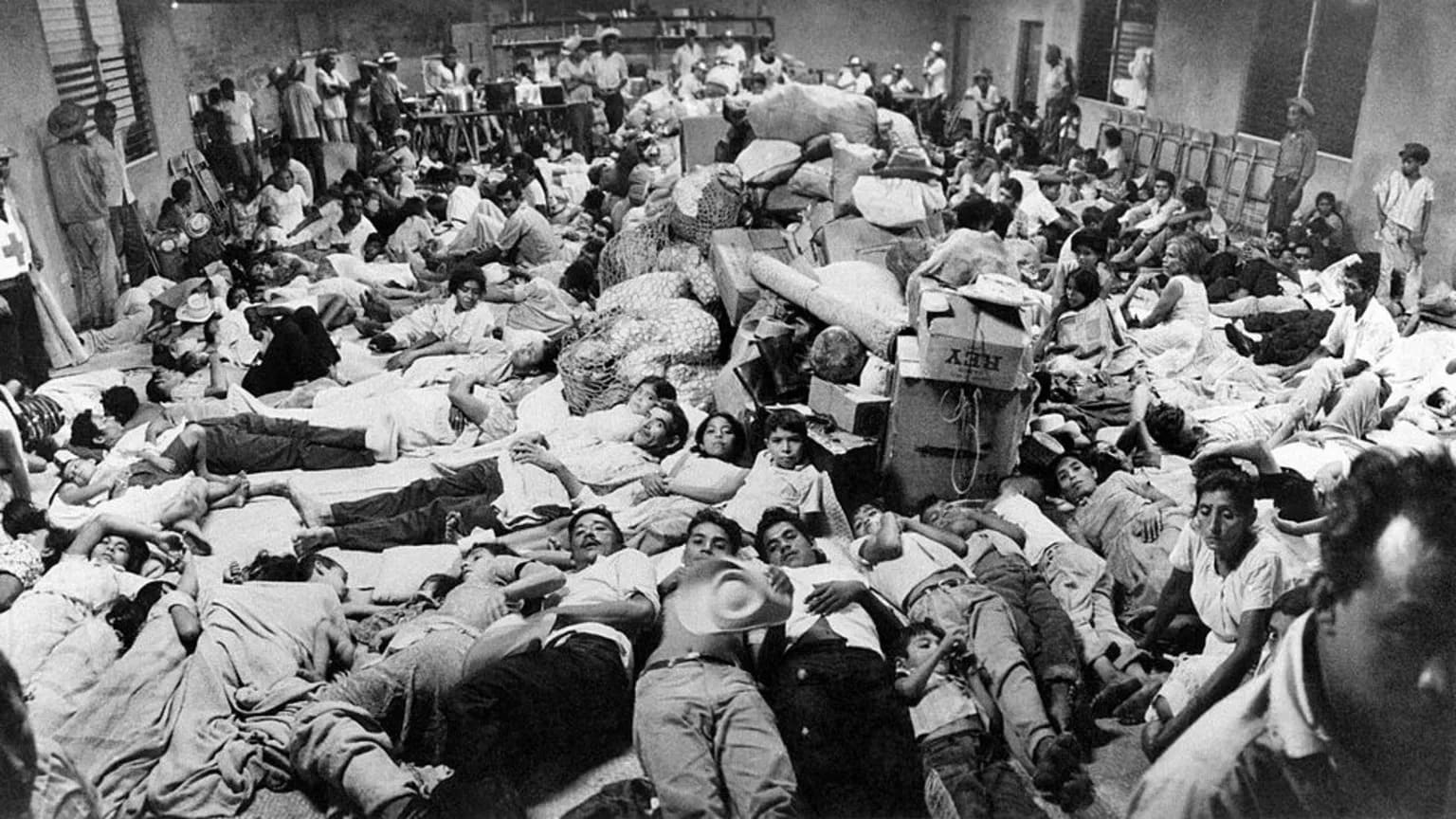
This was the boiling backdrop that culminated into the fiery barrage of air raids and mortar shells that were lobbed across the border during the vicious six-day war in July of 1969.
Hatred and anger between the two sides peaked when traveling supporters attended the first match in the capital of Honduras, Tegucigalpa when Salvadoran fans were tormented by local Hondurans who encamped outside of their hotel rooms throwing stones and beer bottles into their bedroom windows. The second match took place in El Salvador in which the Salvadoran national team defeated the traveling guests 3-0 in San Salvador. Honduran supporters and loyalists were beaten and mauled by frenzied Salvadorans who went out for revenge. Caravans of Hondurans traveling back home were attacked in the rural hillside cities of northern El Salvador.
Eventually, the violence spilled over into the political arena when the state media apparatuses of both countries exacerbated the flaring tensions. On the 14th of July, the Honduran air force made an incursion into Salvadoran airspace across the Lempa River. The Salvadoran army responded by deploying troops across the Honduran border and occupying several miles of territory along the northern front.
On the 15th of July, the Organization of American States (OAS), a regional international organization promoting cooperation and integration between nations in the Western hemisphere denounced the conflict, urging for an immediate cease-fire between the two parties. On July the 20th, a settlement had been reached with almost three thousand casualties and about 50,000 civilians on both sides of the border displaced resulting from the violence.
The end of this short-lived conflict finally settled some of the long-standing ambitions of the Central American that had plagued these countries for 150 years. The Central American powers search for regional hegemony over their weaker neighbors had been stamped out as the nations learned to live amongst one another.
Border disputes are not as common as they once were, but a few are still alive in Central America. The economic inequalities and socio-political disparities remain, especially among the traditionally more powerful political elite of Spanish descendants and the poorer majority of indigenous native Indian population. Many of these disparities were never rectified until the sweeping violent Marxist revolutions took the region by storm during the 1970s and 1980s.
The revolutions lasted for decades in some instances, killing hundreds of thousands of men, women, and children in the firestorm. Guatemala’s civil war lasted for 30 years from the 1960s to the 1990s. Nicaragua’s Sandinista revolution lasted more than a decade from 1979 to 1990, finally settling with a hostile and repressive communist government that brutally murders political dissidents and targets human rights activists today. El Salvador – one of the bloodiest – witnessed some of the region’s most egregious massacres in a brutal civil war that lasted for 13 years and resulted in the killings of over 75,000 people. Many of whom were innocent women and children.
Corruption, ineffective government, migration, wealth inequality, unemployment, and limited industries in a region with few natural resources have plagued these populations for centuries, and still do to this day. The Football War of 1969 was not the last episode of an epic drama that has racked a region in the Americas with so much struggle and so much turmoil. But it was a small piece of history that was a reminder for many over the weekend when these two small but extremely proud nations left their passions on the pitch and left history for the history books.
On Saturday, Honduras defeated the Salvadorans 2-0 in a less fiery match in Houston. There were no reports of fire-crackers, shards of beer bottles, drunken hooligans wielding pocket knives, or the shattering of car windows. Nevertheless, the same raving passion was still there.

